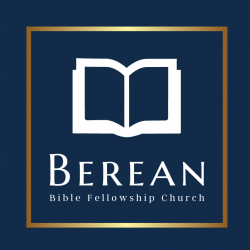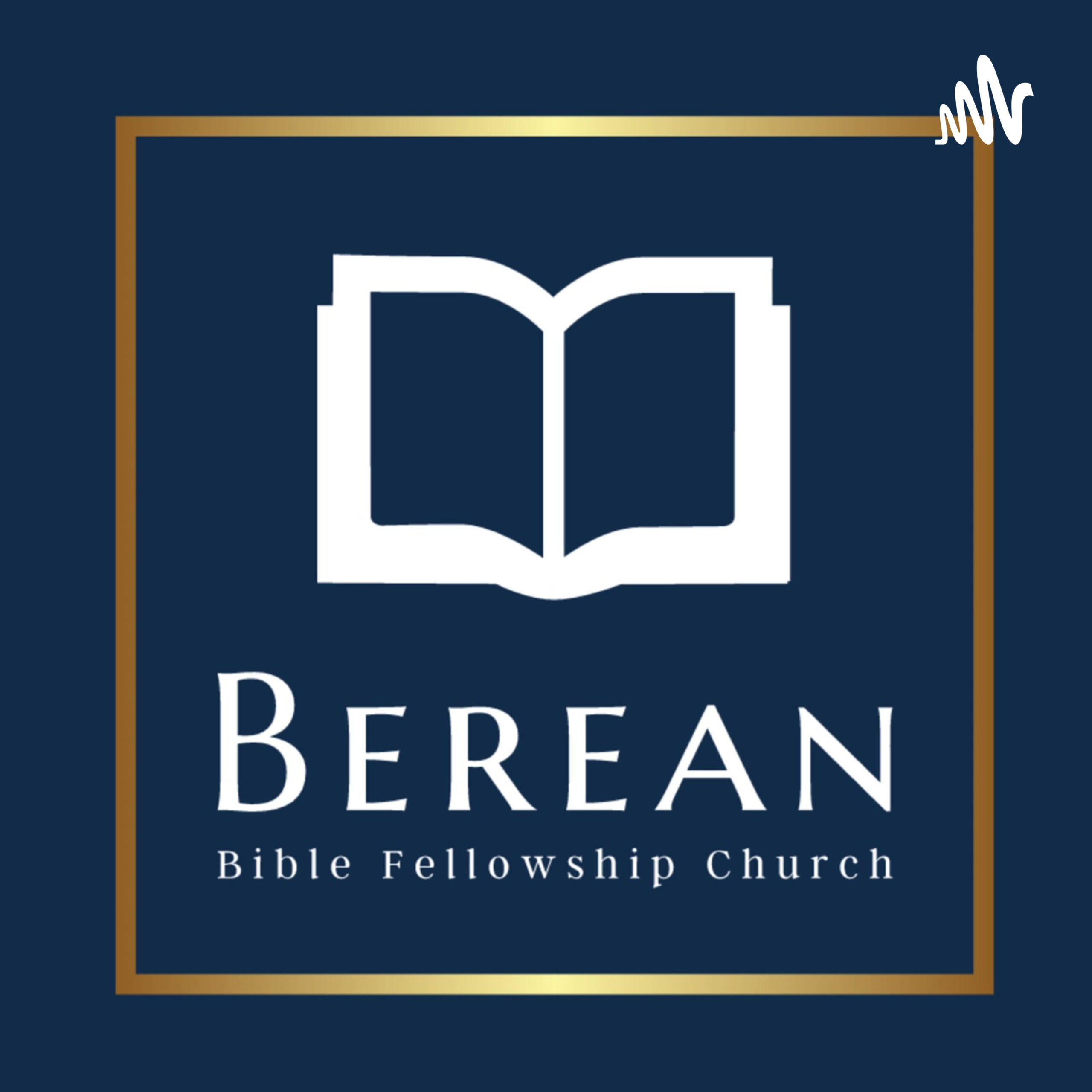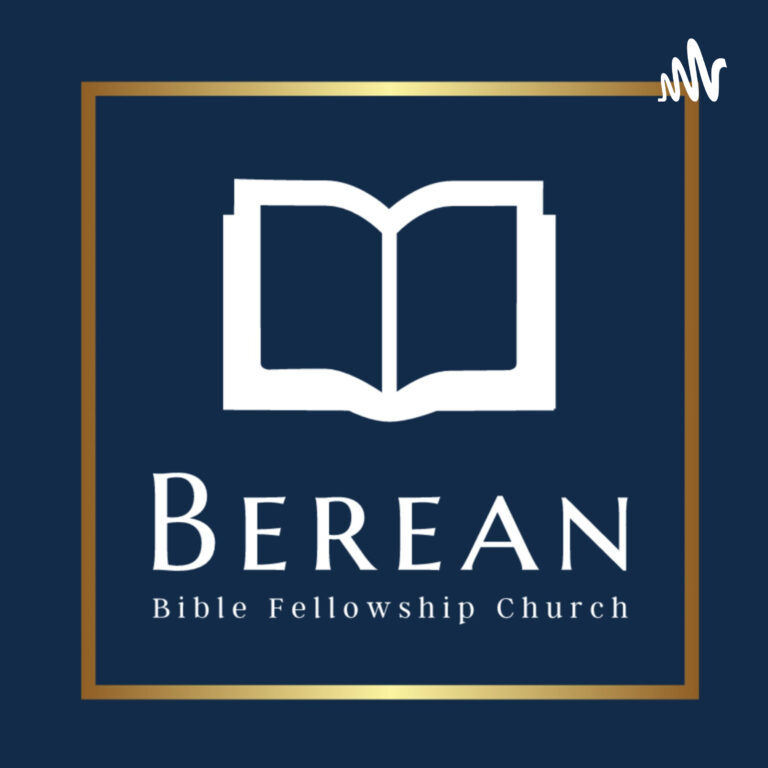Big Idea: Matthew and Simon had interesting backgrounds. One a tax collector, one a Zealot. This would have made for interesting dynamics within the group of twelve. How could two who had such different backgrounds come together and lead the New Testament Church? It is only through the power of the gospel. Since Jesus reconciled us to God, we can be reconciled to men.
_________________________ between Men
Luke 5:27–28 (ESV) — 27 After this he went out and saw a tax collector named Levi, sitting at the tax booth. And he said to him, “Follow me.” 28 And leaving everything, he rose and followed him.
Tax collectors, also known as publicans (publicanus), charged tolls and taxes on behalf of the Roman government. These private government subcontractors would tax travelers who were carrying merchandise between properties or delivering goods along certain well-defined roads. Rome preferred to hire locals who were familiar with a region’s inhabitants, land, and roads. Some tax agents were responsible for such large territories that they functioned as subcontractors, hiring their own employees to collect the taxes. Zacchaeus seems to fit this category, as he is described as a “chief” tax collector (Luke 19:2–10)… Since the Jews considered themselves victims of Roman oppression, Jewish tax collectors who overtaxed their fellow countrymen were especially despised. Jews viewed such favor for Rome as betrayal and equal to treason against God. Rabbinic sources consistently align Jewish tax collectors with robbers.
The party of the Zealots, described by Josephus as the ‘fourth philosophy’ among the Jews (BJ 2.117; Ant. 18.23), was founded by *Judas the Galilean, who led a revolt against Rome in ad 6 (*Census). They opposed the payment of tribute by Israel to a pagan emperor on the ground that this was treason to God, Israel’s true King… When the revolt of ad 6 was crushed they kept its spirit alive for 60 years.
What we have here, are two individuals who find themselves on completely opposite ends of the political spectrum. Matthew a tax collector, Simon a Zealot. Matthew, an agent of the state, Simon, an enemy of the state. I can only imagine the tension that existed between Matthew and Simon.
______________________ together of the Gospel
Ephesians 2:14–16 (ESV) — 14 For he himself is our peace, who has made us both one and has broken down in his flesh the dividing wall of hostility 15 by abolishing the law of commandments expressed in ordinances, that he might create in himself one new man in place of the two, so making peace, 16 and might reconcile us both to God in one body through the cross, thereby killing the hostility.
These two groups had completely different customs, completely different eating habits, completely different fashion statements, completely different religious practices, completely different household structures, vocations, and political allegiances to say the least. You couldn’t get two more dissimilar groups than these two.
Beloved, there is no greater display of loving your enemies than what Jesus did on the cross.
Romans 5:8 (ESV) — 8 but God shows his love for us in that while we were still sinners, Christ died for us.
If God has overcome the greatest chasm we have, by reconciling us to himself, through Jesus Christ, how much smaller and more insignificant are the differences we face?
It is only the person of Christ within you that has the ability to overcome the power of bitterness and pettiness that you harbor in your heart toward your fellow man. You don’t forgive others as a way to repay Christ, you do it as an expression of Christ in you. (Rom. 8:2-11)
Question to Consider
Who are you struggling to forgive? How does Jesus’ forgiveness of your sins grant you the power to forgive others? In what relationships is he calling you to exercise the love of Christ in you?


